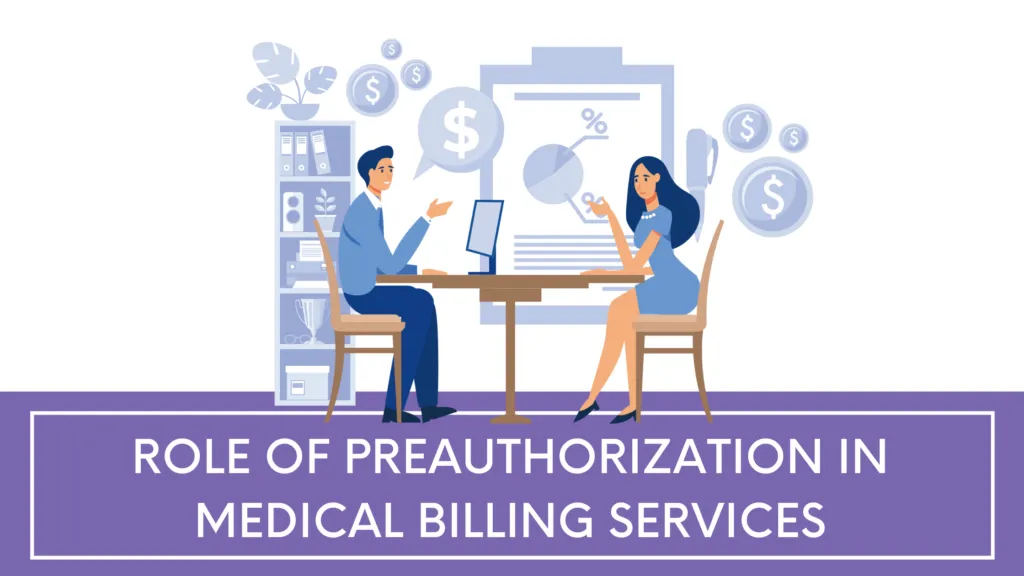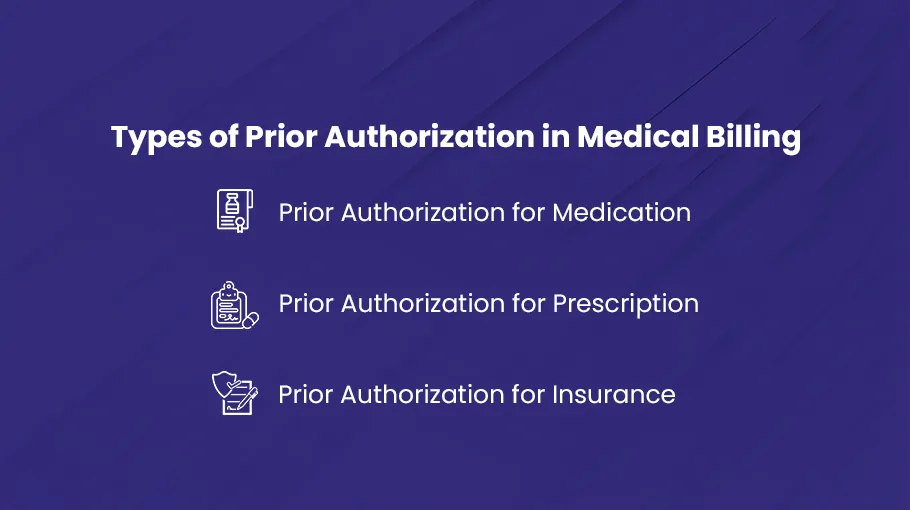While medical billing is a diverse field, billing authorization is a critical process that ensures healthcare providers receive payment for services rendered. This process involves obtaining approval from insurance companies before specific treatments or procedures are performed. Billing authorization helps verify that a patient’s insurance covers a service, preventing unexpected costs for both providers and patients. For healthcare providers, understanding billing authorization is essential to maintaining a smooth revenue cycle and minimizing claim denials. This blog post will explore the definition of billing authorization, its scope, and a step-by-step guide on how to successfully obtain authorization for medical bills.
What is Billing Authorization?
Billing authorization is the process of obtaining approval from a patient’s health insurance provider before delivering specific medical services or procedures. This authorization is essential for ensuring that the insurance company will cover the costs associated with the service. It protects both the provider and the patient by clarifying coverage details upfront, reducing the risk of surprise bills after treatment.
Authorization is typically required for various services, including surgeries, specialist consultations, diagnostic tests, and other high-cost procedures. By securing authorization, providers can confidently proceed with treatments, knowing that they will receive compensation from the insurer.
Importance of Billing Authorization
Billing authorization plays a crucial role in the healthcare payment process. It helps healthcare providers ensure that the services they offer are covered under a patient’s insurance plan. This proactive step helps prevent claim denials, which can lead to delayed payments and increased administrative work for providers. Additionally, obtaining authorization helps maintain good relationships between providers and patients by reducing the likelihood of unexpected out-of-pocket expenses for services that may not be covered.
In today’s healthcare landscape, where insurance plans are complex and ever-changing, understanding the scope of billing authorization is essential for providers. This knowledge empowers them to navigate the insurance process effectively and provide better care for their patients.

Types of Billing Authorization in Medical Billing
There are various types of billing authorization depending on the service being rendered. Common types include:
- Pre-Authorization: Also known as prior authorization, this is required before certain treatments or procedures. Providers must submit requests to insurers detailing the medical necessity of the service.
- Concurrent Authorization: This type of authorization is needed for ongoing treatments, such as physical therapy or long-term care. It ensures continued coverage while the treatment is in progress.
- Retroactive Authorization: Sometimes, providers may need to seek authorization after a service has been performed, particularly in emergency situations. This is less common and may be more challenging to obtain.

Step-By-Step Procedure for a Medical Bill Authorization
Step 1: Verify Insurance Information of the Patient
The first step in obtaining billing authorization is to verify the patient’s insurance information. This includes checking the patient’s insurance card, ensuring that all details, such as policy numbers and group numbers, are accurate. This information is crucial for submitting an authorization request to the correct insurance provider.
Step 2: Determine If Authorization Is Needed
Not all medical services require authorization. Check the insurance company’s guidelines or the patient’s plan documents to determine if the specific service or procedure requires prior authorization. Knowing this upfront can save time and effort in the authorization process.
Step 3: Gather Necessary Documentation for Authorization
Collect all relevant medical records, notes, and documentation that support the need for the service. This may include previous treatment history, test results, and any other information that demonstrates medical necessity. Having complete documentation is essential for a successful authorization request.
Step 4: Complete the Authorization Request Form of Insurance
Most insurance companies require a specific form to request authorization. Fill out this form carefully, including all necessary details about the patient, the service being requested, and the justification for the procedure. Ensure that all fields are completed accurately to avoid delays.
Step 5: Submit the Authorization Request to the Insurance Company
Once the request form is completed, submit it to the insurance company. This can typically be done online, via fax, or through a designated phone line. Make sure to keep a copy of the submitted request for your records.
Step 6: Follow Up on the Request
After submitting the authorization request, it’s important to follow up with the insurance company. This can be done by calling their customer service or checking the online portal. Inquire about the status of the request and ensure it is being processed in a timely manner.
Step 7: Receive Billing Authorization Decision from Insurance
The insurance company will review the request and make a decision. They may approve the request, deny it, or request additional information. If the request is approved, you will receive an authorization number, which should be documented in the patient’s file.
Step 8: Communicate with the Patient Directly
Inform the patient about the authorization decision. If approved, provide them with the details, including any conditions or limitations outlined by the insurance company. If the request is denied, explain the reasons and discuss alternative options or appeals if necessary.
Step 9: The Provider Should Schedule the Service
Once authorization is secured, you can proceed to schedule the service or procedure. Ensure that all parties involved, including the patient and any relevant healthcare providers, are aware of the scheduled date and any necessary preparations.
Step 10: Document the Entire Billing Authorization Process
Finally, maintain thorough documentation of the entire authorization process. Keep records of the authorization request, any correspondence with the insurance company, and the authorization decision. This documentation will be valuable for future reference and can assist in any appeals or follow-up claims if necessary.
Conclusion
Billing authorization is a vital component of the medical billing process that ensures healthcare providers receive payment for their services. By understanding the definition, scope, and step-by-step process for obtaining authorization, healthcare professionals can navigate this complex landscape more effectively. A thorough approach to billing authorization not only reduces the risk of claim denials but also enhances patient satisfaction by providing transparency about coverage and costs. As healthcare continues to evolve, staying informed about billing authorization will empower providers to deliver better care while maintaining a healthy revenue cycle.
At QZ Medx we believe the right strategy to recover the lost revenue is to do the things which are mandatory to do when filing claims. Contact us now so that we could help you in claims management, patient demographics issues and much more.




